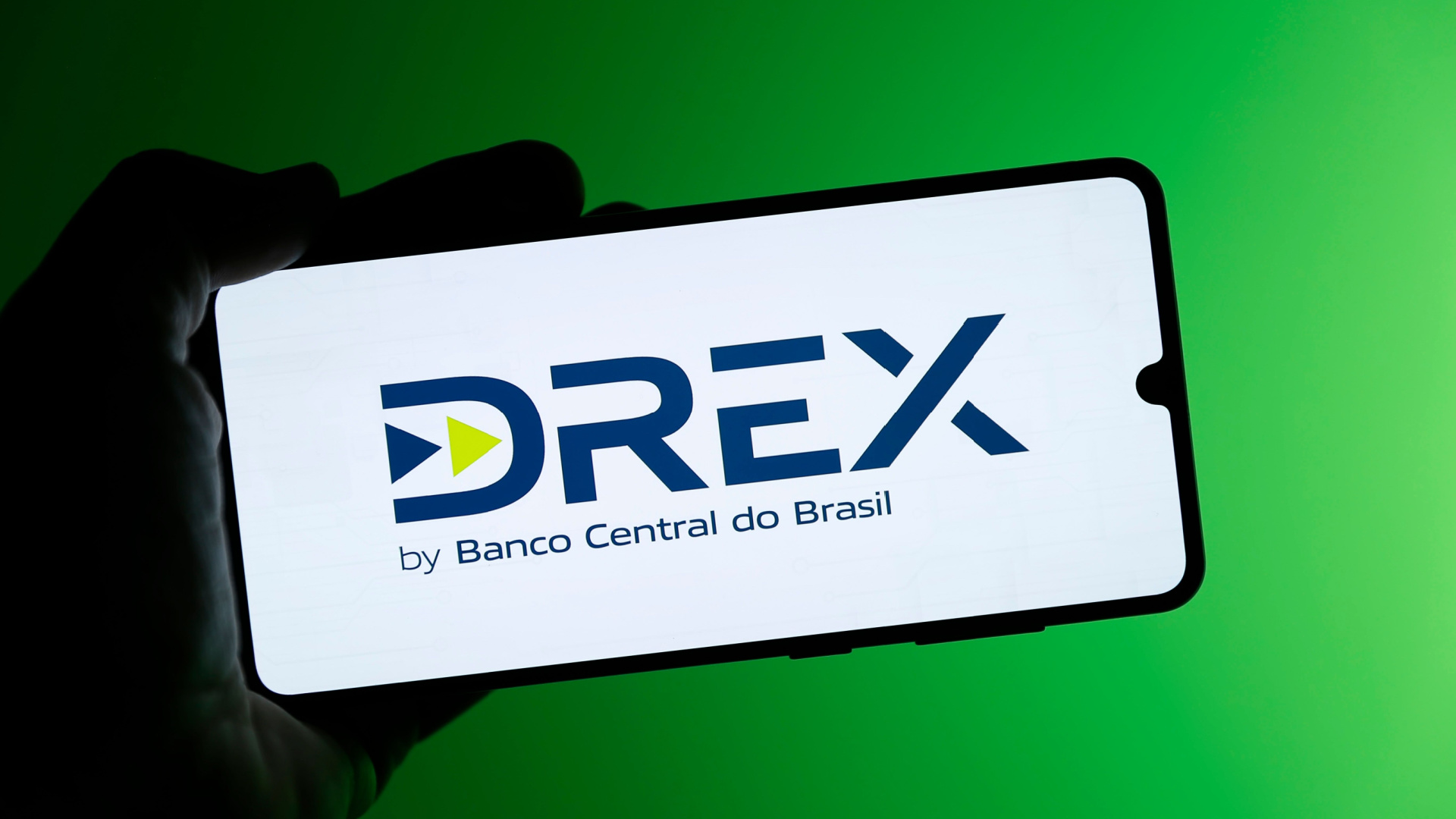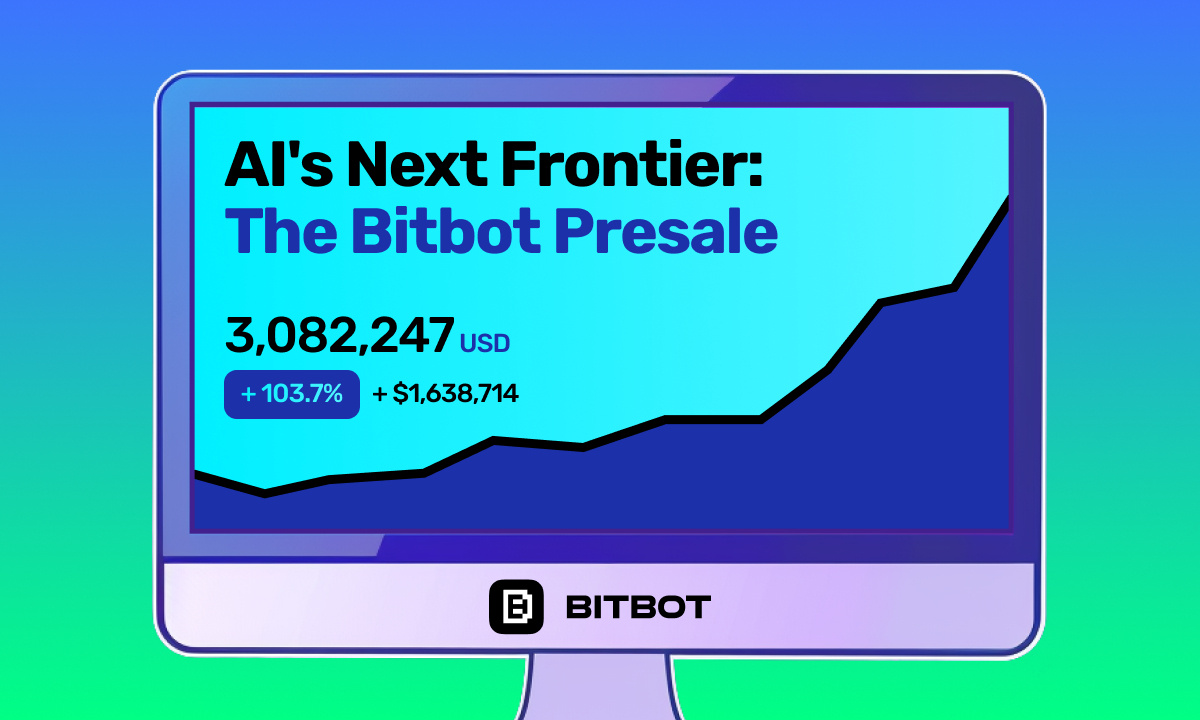Table of Contents
The Federal Reserve of the U.S. issued new guidelines regarding the use of stablecoins and other digital assets by the national banks.
Fed Tightens the Regulation of Stablecoins
Just a day after PayPal had announced the launch of its U.S. dollar-pegged stablecoin PYUSD, the Federal Reserve of the U.S. published new guidelines clarifying the ways state member banks can interact with dollar-denominated digital currencies.
Basically, national banks are now required to seek permission of the Federal Reserve to engage in any sorts of activities related to the U.S. dollar-pegged digital assets, referred to as “dollar tokens”.
According to the statement, state member banks need to notify the Federal Reserve about the activities they mean to perform with the use of dollar tokens, whether it is issuing, holding, transacting, or even testing digital assets. The Federal Reserve might ask for additional information regarding the proposed activity. To proceed with the use of stablecoins in any way, the bank needs to receive a “a written notification of supervisory nonobjection from the Federal Reserve”.
“A state member bank seeking to engage in such dollar token activities, including for the purpose of testing, must notify its lead supervisory point of contact at the Federal Reserve of the bank’s intention to engage in the proposed activity and should include a description of the proposed activity. Federal Reserve supervisory staff may follow up with the bank to seek additional information in order to better understand the proposal and the control framework that the state member bank has put in place. After receiving a written notification of supervisory nonobjection, state member banks will continue to be subject to supervisory review and heightened monitoring of these activities,” reads the statement.
Mitigating Risks Related to the Use of “Dollar Tokens”
To acquire the notification of nonobjection from the Federal Reserve, the bank needs to showcase an effective system of risk management and the ability to measure and control the risks of the proposed stablecoin activities on a regular basis.
The Federal Reserve outlines five major types of risks linked to the use of dollar tokens:
- operational risks: associated with the governance and the management of the network;
- cybersecurity risks: related to the stablecoin’s network, smart contracts, and any use of open source code;
- liquidity risks, such as high redemptions of the token in a short period of time;
- illicit finance risks: customer identity verification, due diligence, monitoring suspicious activities, etc;
- consumer compliance risks: related to identifying and ensuring compliance.
The Federal Reserve has also reported that it would evaluate the banks’ comprehension of the relevant laws and their commitment to them.
Disclaimer: This article is provided for informational purposes only. It is not offered or intended to be used as legal, tax, investment, financial, or other advice.
Investment Disclaimer














